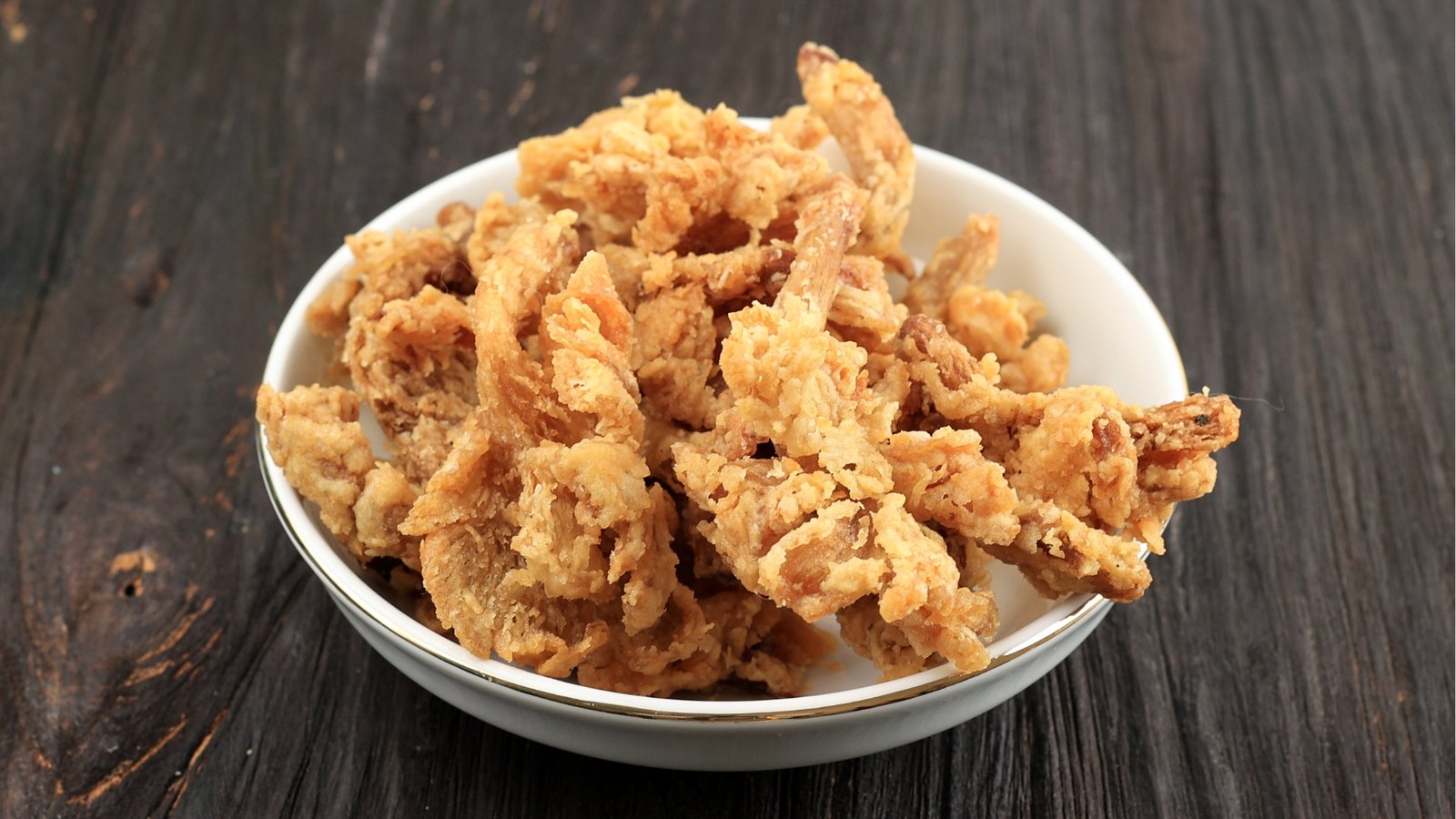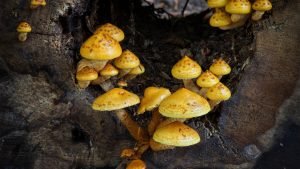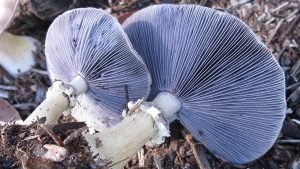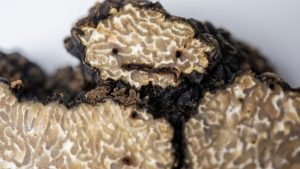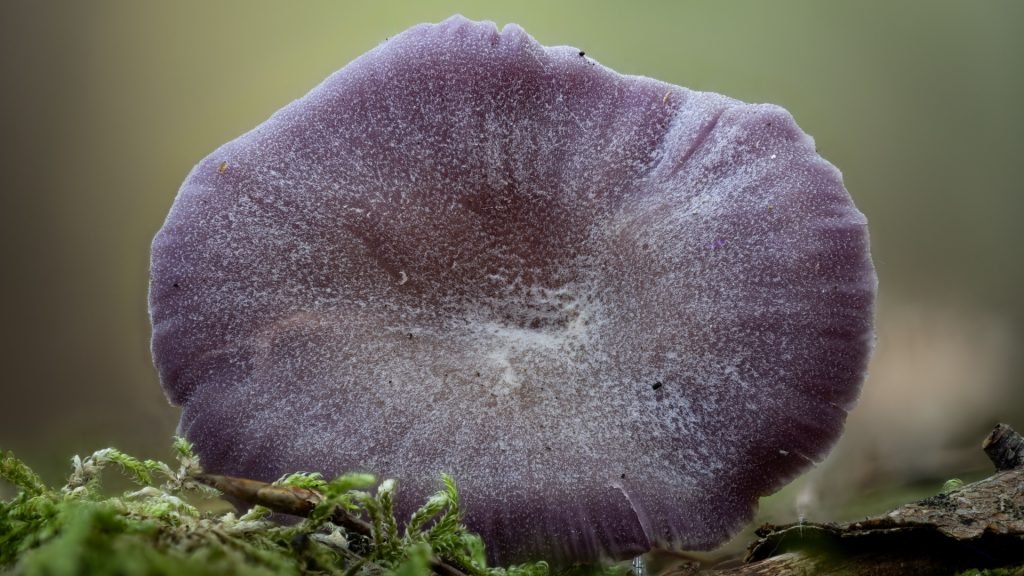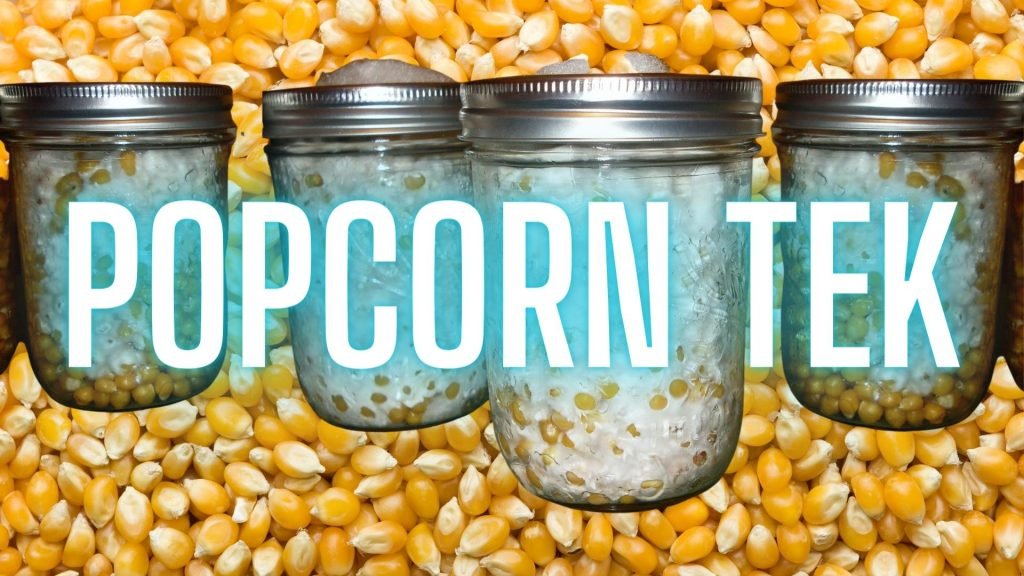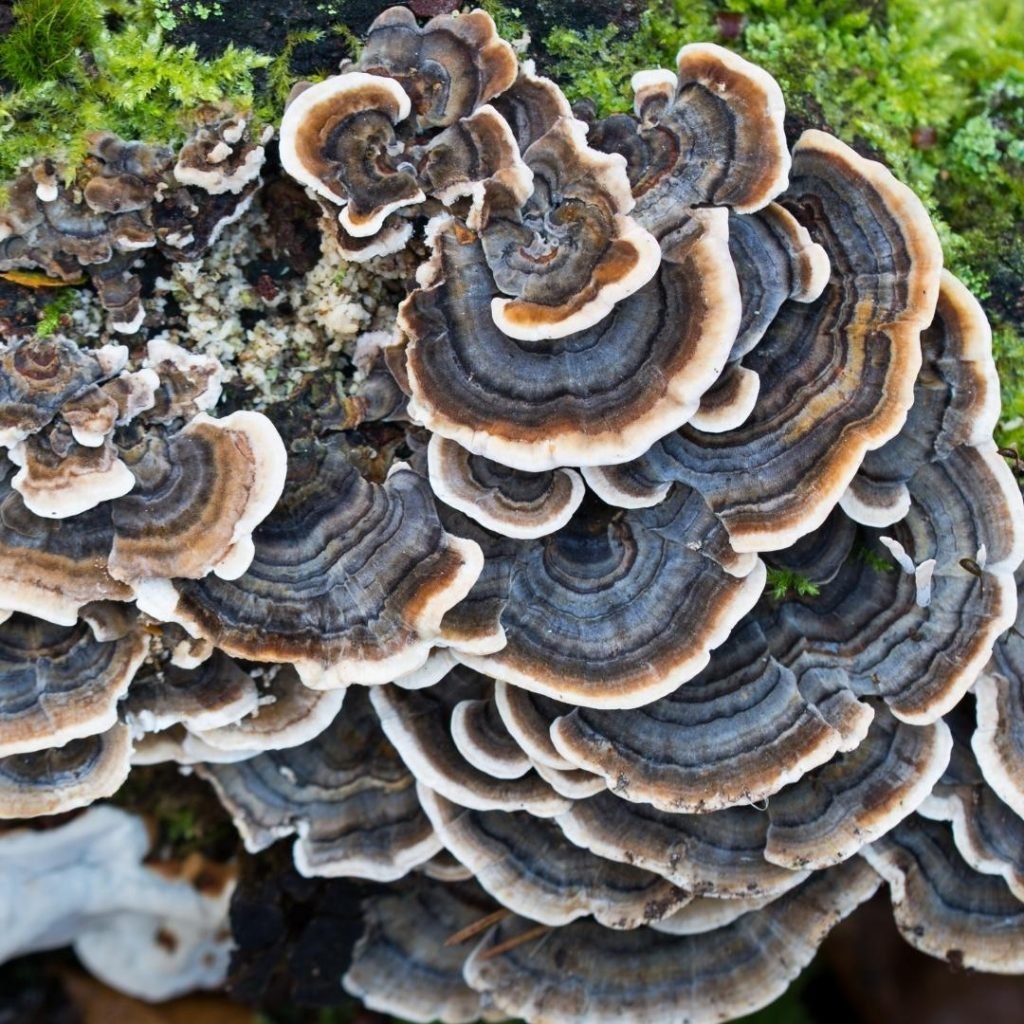Among the vast kingdom of fungi, the White Oyster mushroom, Pleurotus Ostreatus, stands out not just for its visual charm but its culinary prowess. This edible gem, often savored in its fried form, is a must-have in every gourmet kitchen, promising flavor, texture, and nutrition.
Deeper Into the White Oyster’s World:
The White Oyster mushroom, with its delicate, fan-shaped caps and short, stout stems, isn’t just a treat for the eyes. Native to temperate and subtropical forests, its history is as rich as its taste. Appreciated for its versatile texture and slight anise aroma, it has become a staple in many cuisines worldwide, shifting from forest floors and wild patches to cultivated mushroom farms and kitchen counters.
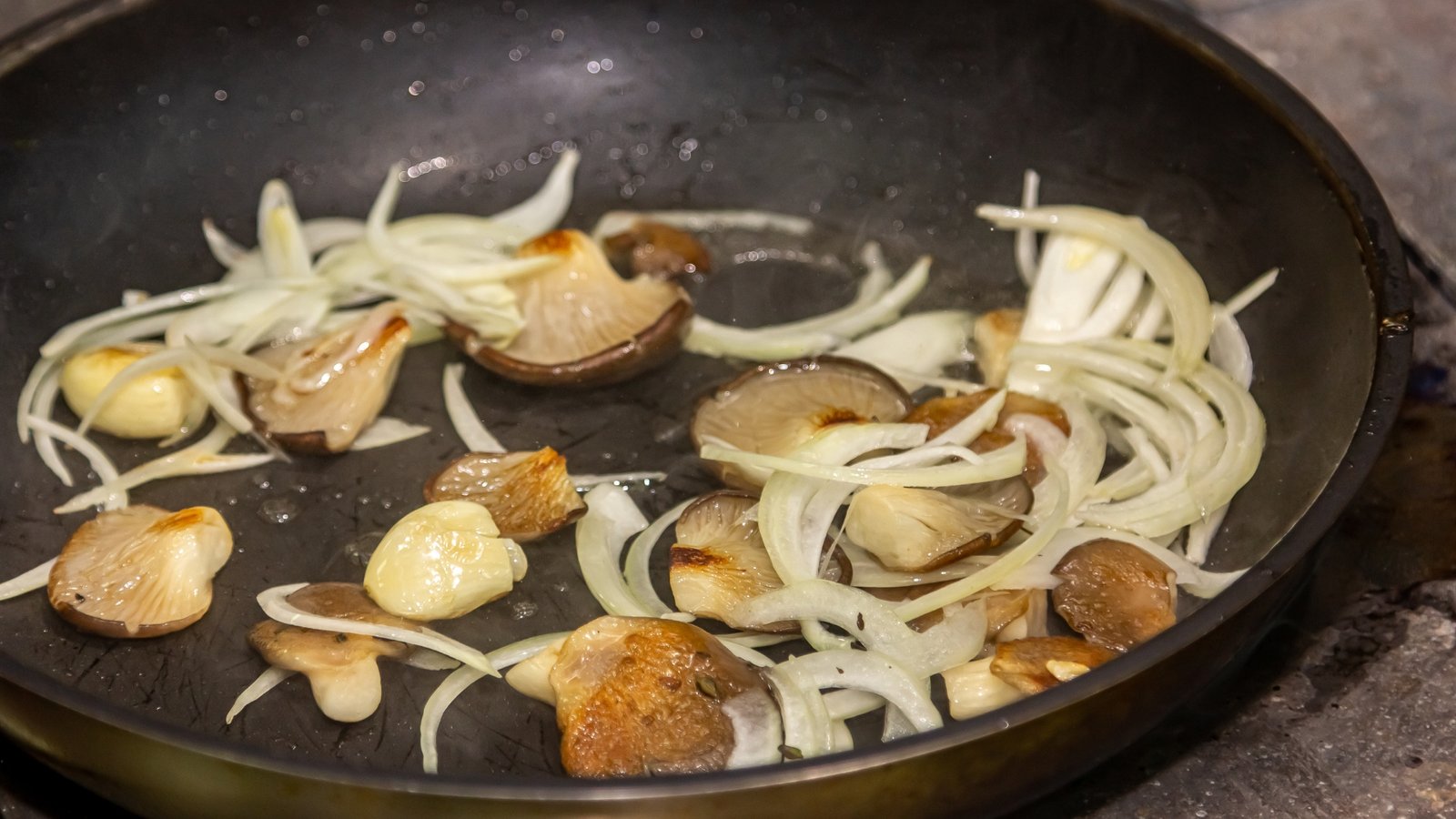
The Culinary Landscape of White Oyster:
White Oyster mushrooms have redefined culinary versatility. Their neutral yet distinctive flavor allows them to seamlessly blend into any dish, from salads to entrees. Their meaty texture, especially when grilled or sautéed, has made them a popular choice among vegetarians. Furthermore, they serve as a nutritional powerhouse, enriched with protein, fiber, and essential vitamins, providing a perfect blend of health and flavor.
Over the years, professional chefs and home cooks alike have experimented with White Oysters, leading to a plethora of innovative dishes. From being the hero ingredient in creamy risottos to a flavorful addition in Asian stir-fries, their application knows no bounds. In many gourmet dishes, the subtlety of the White Oyster mushroom is paired with robust flavors, like garlic or chili, where the mushroom acts as a sponge, absorbing and complementing stronger tastes.
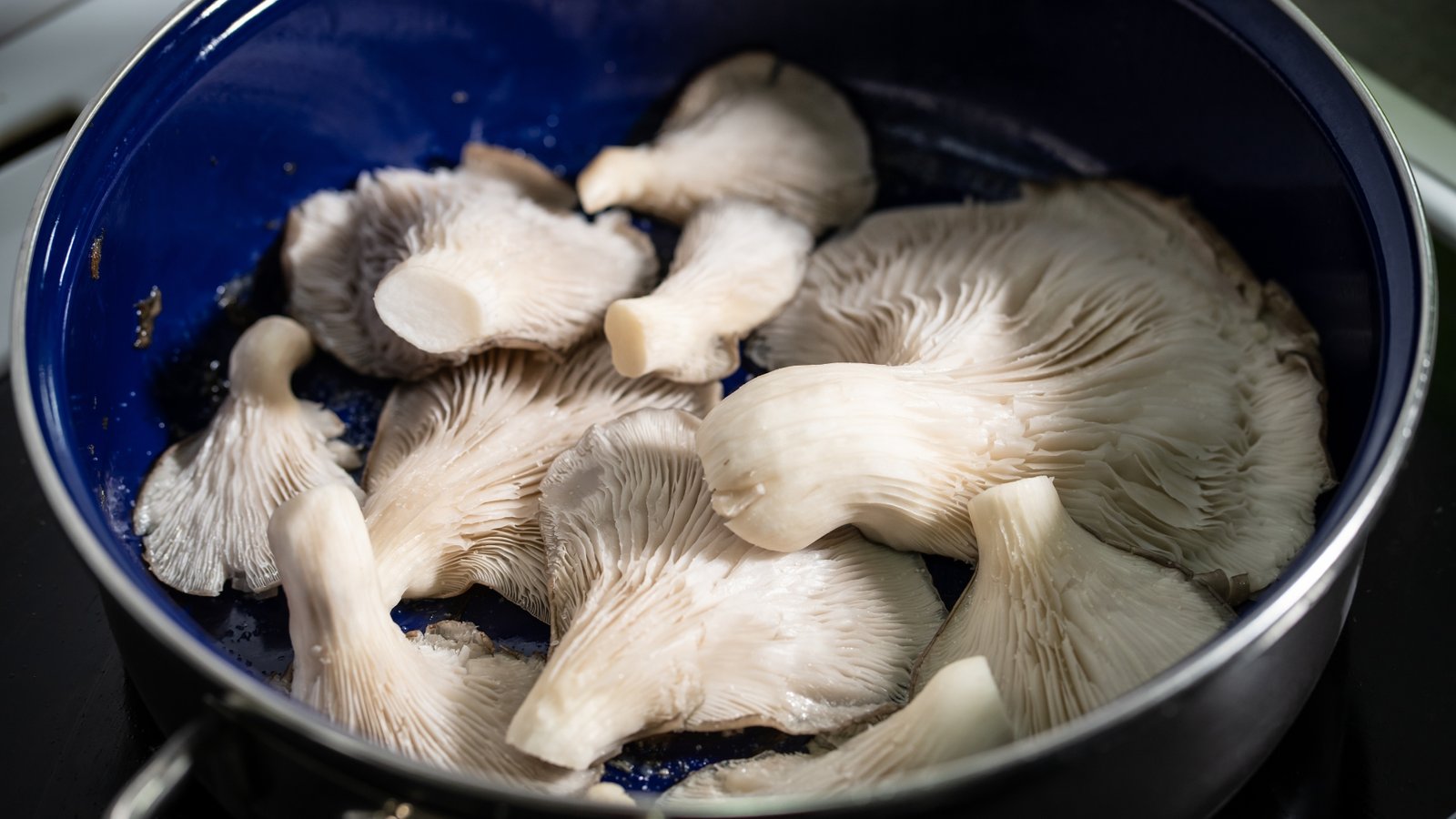
Cultivation: From Spore to Plate:
Cultivating White Oyster mushrooms is a rewarding venture. Given the right conditions – a balance of humidity, temperature, and a nutrient-rich substrate – these mushrooms flourish. For home cultivators, this means a steady supply of fresh mushrooms, untainted by pesticides or long storage periods.
One of the appealing features of growing White Oysters is their rapid growth rate. Within weeks, cultivators can witness a flush of pristine white caps, ready for harvest. This not only ensures freshness but also allows for experimentation with different growth stages, each offering unique flavors and textures.
Another advantage of home cultivation is the reduction of the carbon footprint. By growing mushrooms at home, one can bypass the supply chain, leading to fresher produce and a more sustainable approach to consumption.
The universe of mushrooms is expansive, each variant bearing its own unique charm and characteristics. The Marketplace on the 🍄 Mushroom Network is a testament to this diversity. It is a haven for those seeking a deeper understanding of the magical world of mushrooms. If you’re keen on learning more about this type of mushroom and other mushroom variants, this Marketplace is your ultimate resource.
No posts found!
Recipes and Pairings:
White Oysters, with their mild flavor, serve as a blank canvas. This makes them perfect for a range of dishes. For starters, a simple sauté with butter, garlic, and a sprinkle of fresh herbs brings out their natural flavors. If you’re looking for a crispy delight, frying White Oysters in a light batter brings forth a tantalizing combination of crunch and succulence that’s simply hard to resist.
For those looking to experiment, White Oysters pair beautifully with creamy sauces, making them a delightful addition to pasta dishes. Their ability to retain structure means they don’t turn mushy, providing a pleasant bite.
Asian cuisines often use White Oysters in stir-fries and soups. Their absorbent nature means they soak up sauces and broths, becoming juicy flavor bombs in every bite.
Not sure where to start? The 🍄 Mushroom Academy offers a wide range of courses tailored to your needs. Whether you’re a beginner eager to learn or an experienced mycologist looking to broaden your knowledge, the 🍄 Academy has something for everyone.
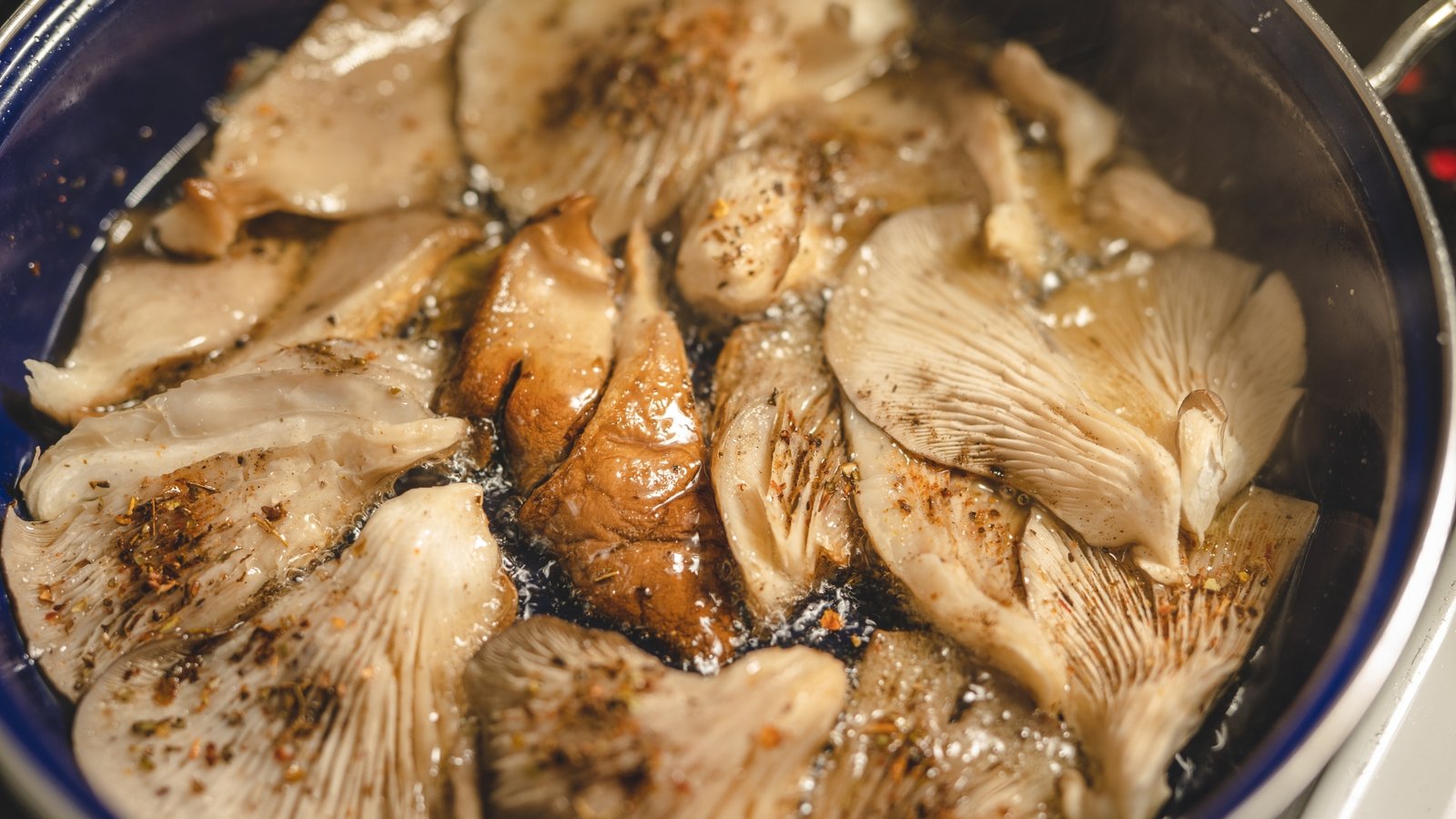
Into the Heart of White Oyster Culinary Delights:
Embarking on the White Oyster journey, one discovers its boundless potential in the kitchen. Whether you’re growing them, cooking, or just savoring them, these mushrooms invite you into a world of flavor, innovation, and sustainability.
Don’t forget to check out the 🍄 Mushroom Network’s Marketplace to see what’s available. But hurry, our shelves are constantly evolving, and you wouldn’t want to miss out on this wonderful mushroom. Join our growing network of Patrons, Genetics, and Mycologist Vendors only on the 🍄 Mushroom Network!
Recommended Reads:
Exploring the Culinary & Health Wonders of Pholiota Adiposa
Welcome to the extraordinary world of Pholiota Adiposa, an underrated culinary gem and health enhancer,...
Read More...Decomposers of the Deep: Underwater Mushrooms
The mysteries of the deep seas are not solely reserved for lost cities and shipwrecks;...
Read More...King of the Garden: Unveiling the Majesty of Stropharia Rugosoannulata
This article will explore the unique features, growth habits, and culinary uses of the King...
Read More...Truffles Unearthed: The Science, Cultivation, and Gastronomy of Underground Fungi
Truffles are an enigmatic and highly coveted group of fungi that grow underground in a...
Read More...Whoa there, Spore Sport! 🍄 Looks like you’re not logged in yet. Don’t you know what you’re missing? MYCO-CREDITS! Imagine all the fungal fun you could have. It’s like finding a Morel in May and not picking it. Tragic, right? Log In or Become a Myco-Patron and start racking up those credits. It’s more rewarding than finding a mushroom in your backyard! 🌟🏡

